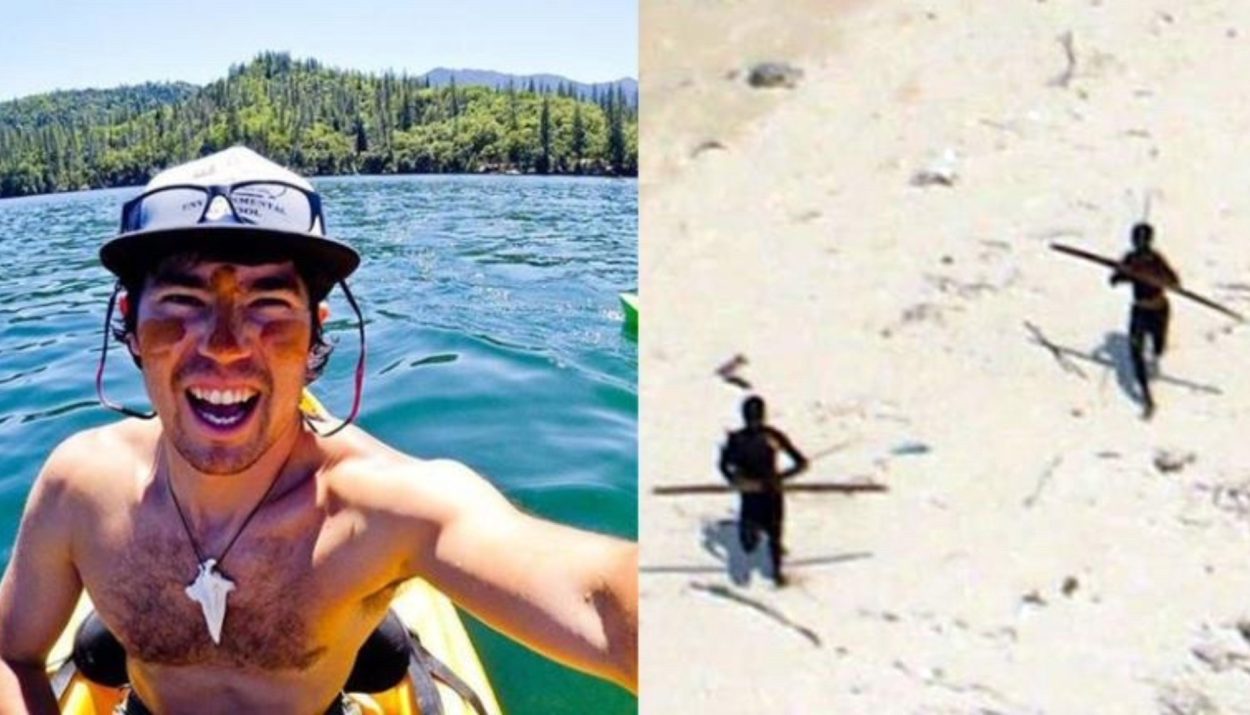Sentinel Island would be like any other island if it weren’t populated by the most isolated tribe in the world. The Sentinelese people are a mystery, and like with all mysteries, humans have tried to learn more about them, usually ending in disaster. Here, we’ll look at some of these ill-fated meets.
Painting the Picture – Sentinel Island

Sentinel Island is located in the Indian Ocean and is under the protection of the Indian Government. For most of the modern age, the island has been off-limits to visitors since the Sentinelese have a terrible habit of killing people who visit them.
The one exception (and the core of what we know about the secretive tribe) happened in the late twentieth century when a researcher managed to get into the tribe’s good graces and visit their village. Since then, the tribe has consistently killed anyone who dared to land on their shores.
A Floundering Merchant Vessel Learns About The Tribe
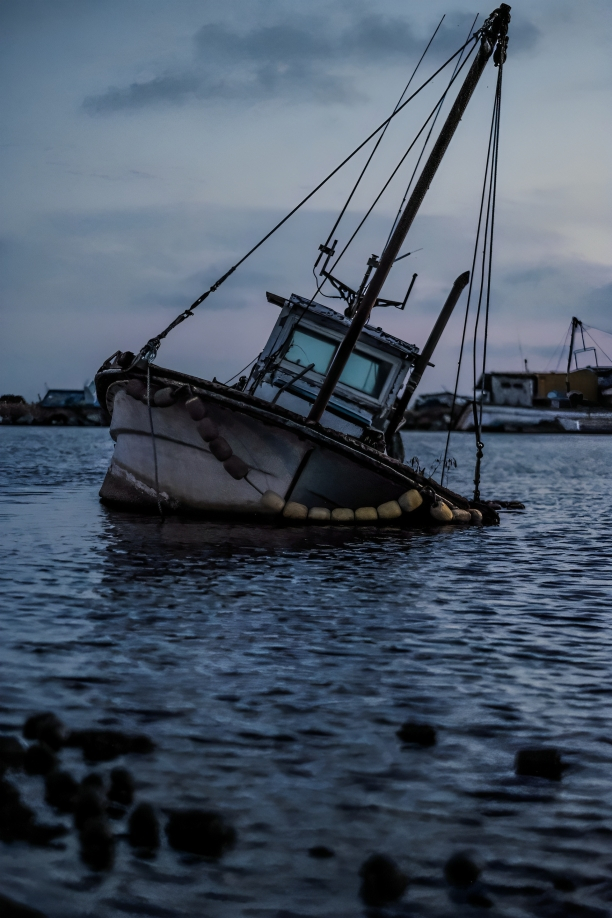
In 1867, the Indian merchant vessel Nineveh foundered on the reef just off North Sentinel Island, with the crew and passengers having to swim to shore. The first two days were calm as they waited for deliverance from a passing vessel. But things changed drastically soon after.
Breakfast of the third day saw the party attacked by a group of islanders painted in red, carrying iron-tipped spears and arrows. The party fought off the islanders successfully using sticks and stones, and the islanders didn’t reappear before the crew and passengers of the Nineveh were rescued.
A Typical Colonization Tactic – British Kidnapping
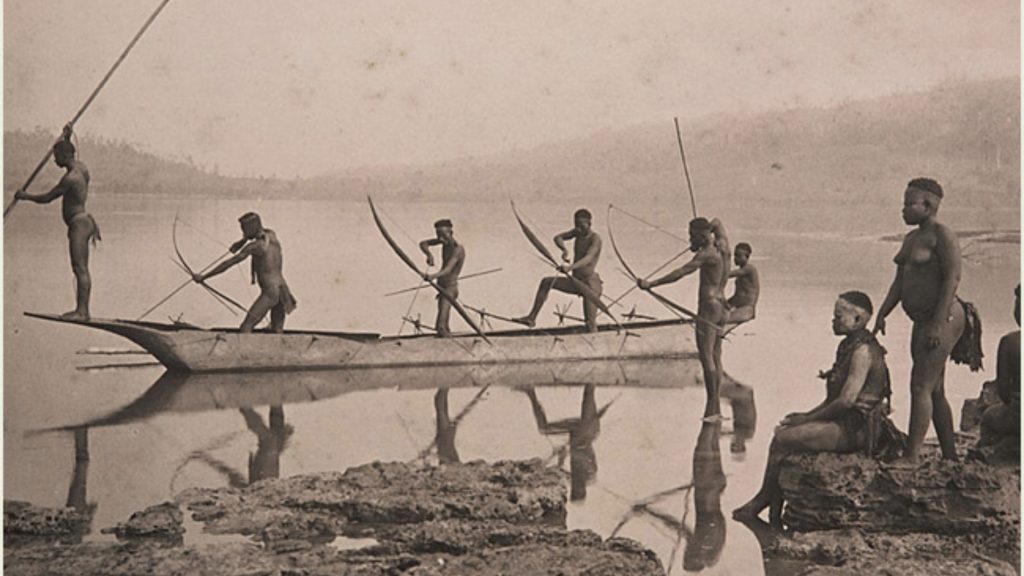
The British held India for hundreds of years and spent much time exploring the area around the subcontinent. Back then, the British thought kidnapping natives was the best way to establish contact. The freed natives would return to their tribe and speak about the wonders and generosity of the British Empire.
It was in this vein that he raided the island and captured an elderly couple and some kids who couldn’t run away fast enough. The elderly couple sickened and died (probably from British diseases), and while the British eventually returned the children to the island, the Sentinelese didn’t appreciate the incursion.
Searching for Escaped Prisoners on North Sentinel Island

In a speech, Sir Richard Carnac Temple mentioned that he had been touring North Sentinel Island in search of escaped prisoners. Unfortunately, after he landed on the shore with his escort, he discovered that the prisoners had been hacked to pieces – most likely by the island’s native population.
Temple also noted a situation where a man deserted the island and spent some time with the Onge, another nearby tribe. When Temple accompanied the man back to the island, the natives turned hostile and shot at them. Temple concluded that the tribe was likely to kill everyone they saw as a stranger, even one they cast out themselves.
First Contact Post Independence
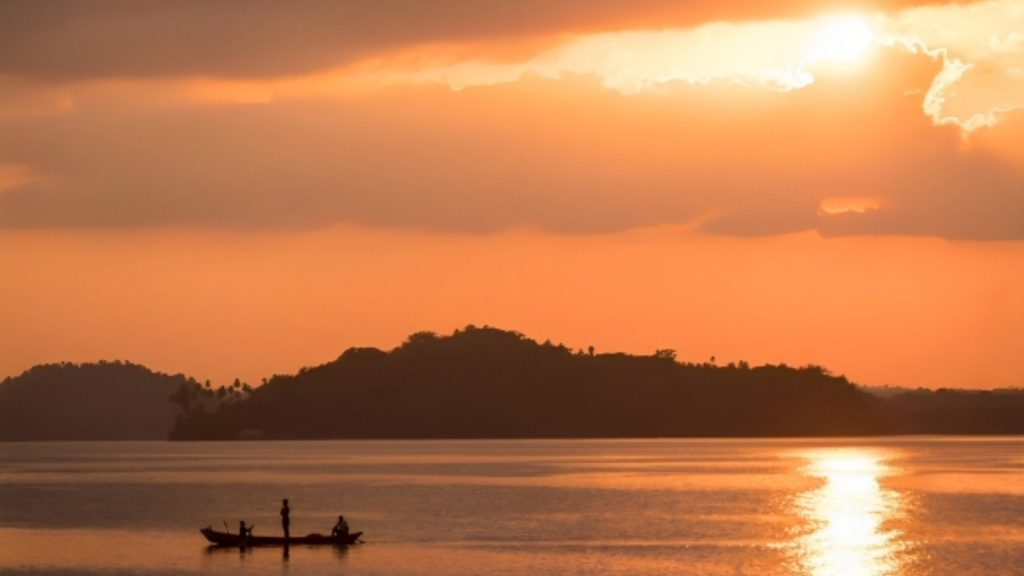
T. N. Pandit is an anthropologist who’s associated inextricably with the Sentinelese. The first encounter that Indians had with the tribe after Independence included him in the party. According to the report, the anthropologists (accompanied by armed police) headed to the island, using binoculars to scope out the situation before landing.
Once there, they noticed that the tribe had several well-constructed huts and even had metal tools, suggesting they were far more advanced than initially considered. The team failed to make any human contact and withdrew, leaving a few gifts for the tribe to show them they meant no harm.
National Geographic Chooses a Bad Day
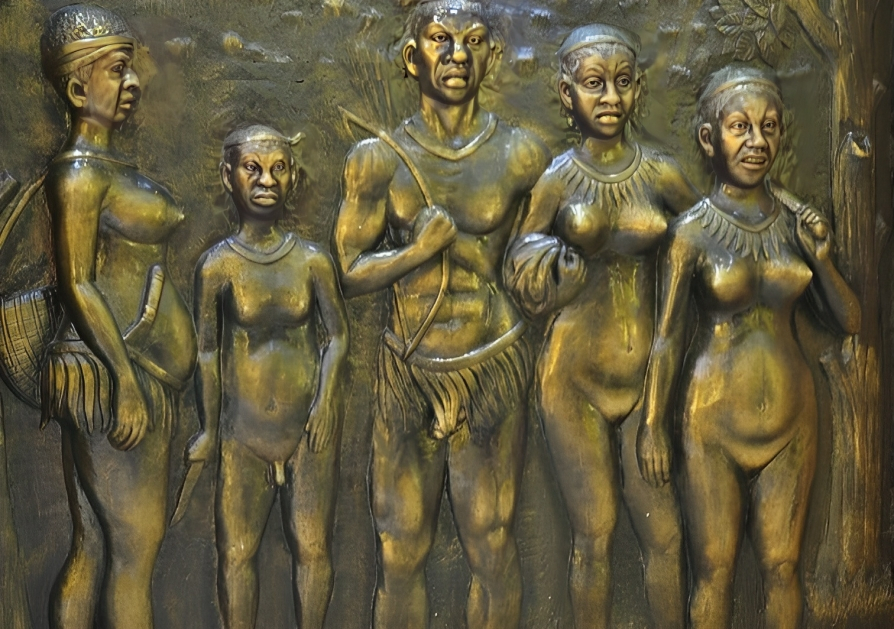
National Geographic has always been interested in covering anthropological anomalies like North Sentinel Island. They sent a crew over to the island to film and document the tribe’s habits and behaviors, but it seems their research was less than stellar.
As the crew’s boat crossed through the barrier reef around the island, it was pelted with arrows from the shore. The barrage missed the boat, which continued on regardless. On landing, a second volley saw an arrow strike the director in the thigh. The crew decided enough was enough and abandoned the idea of recording.
The MV Primrose Runs Afoul of the Sentinelese
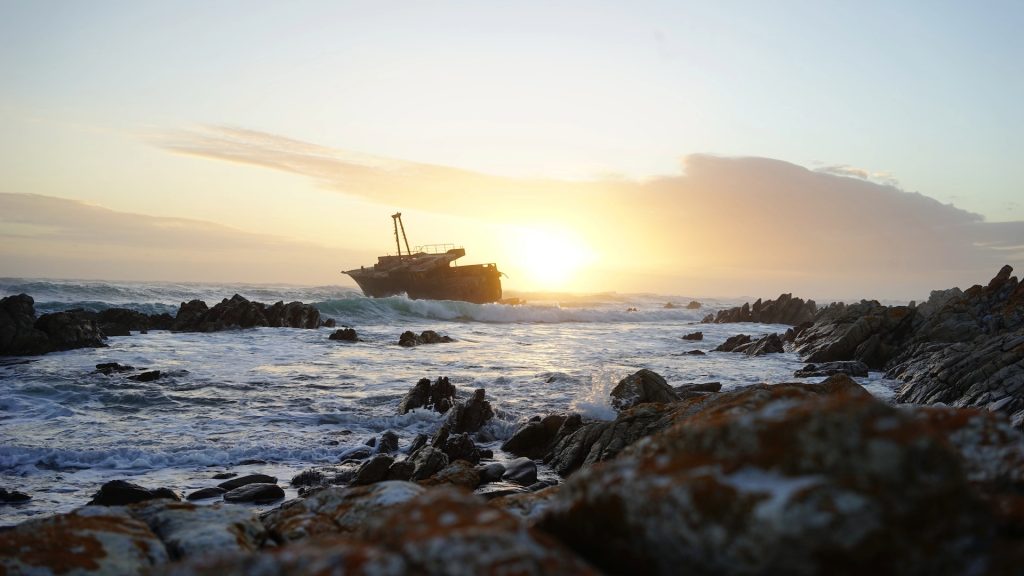
In 1981, a transport vessel carrying chicken feed between Bangladesh and Australia ran aground at North Sentinel Island. Radio contact from the ship pleaded for arms and noted that the shore was swarming with what seemed to be natives hellbent on boarding the ship.
The crew of the MV Primrose was lucky that the water was too choppy for the Sentinelese to use their narrow canoes. However, the conditions didn’t hold for long, and the 31-man crew had to fend off the natives using pipes, axes, and flare guns. A week later, the staff was evacuated by helicopter,, avoiding a gruesome fate.
T. N. Pandit Approaches The Island Again

After nearly three decades of visits to the island, some met with hostility and some not, T.N. Pandit and a few other people revisited the island. Madhumala Chattopadhyay, a female anthropologist, also accompanied the party and was the first woman on a contact expedition to the island.
The Sentinelese appeared without weapons and took with them coconut sacks to meet the contact party. Based on this contact and previous anthropological contacts, scientists believe that the Sentinelese used to be in contact with other tribes in the past until something forced them to close themselves off.
Not a Fan of Religions, Either

The most recent encounter on North Sentinel Island was with an American Missionary named John Allen Chau. Chau had illegally headed to the island in an attempt to convert the natives to Christianity, believing the island to be one of the last bastions of the world that didn’t know about his religion.
At the start, he made contact, and everything seemed to be going well. However, in a typically unpredictable style, the Sentinelese turned on him. Onlookers claim to have seen the tribespeople dragging Chau’s body over the beach and burying it in a grave, confirming his death.
Dangerous Or Just Misunderstood?
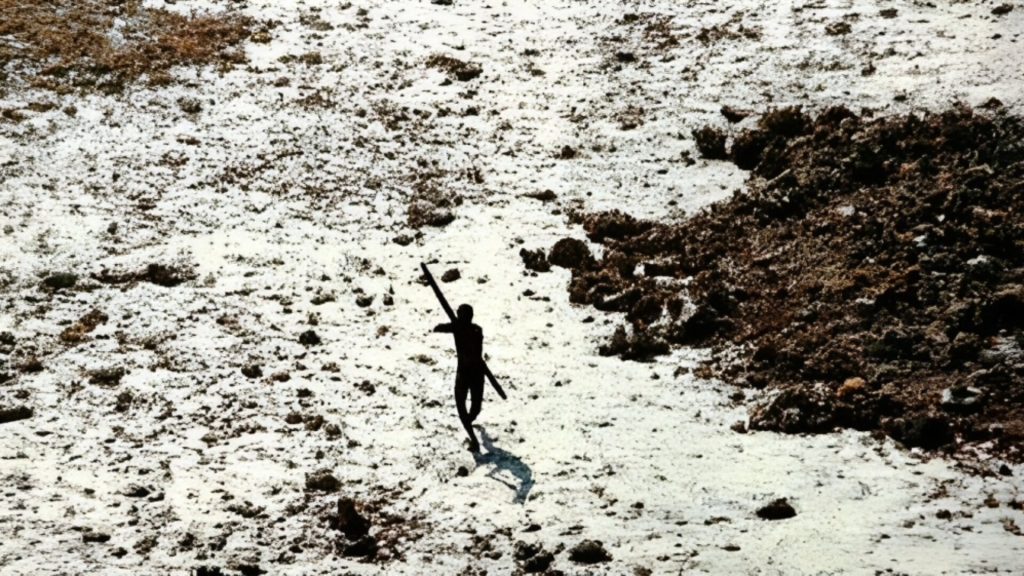
One of the biggest questions people have about the Sentinelese is whether they’re actively dangerous or are just misunderstood because of how strange their culture is. Over the years, their behavior doesn’t seem to follow a predictable pattern, but their isolation might be due to more than distrust.
Anthropologists note that the tribe may be susceptible to modern diseases, and contact with us might likely drive them to extinction. Keeping to themselves has helped them so far. At the very least, it sends a clear sign to everyone – Keep Off North Sentinel Island unless you want to die.

